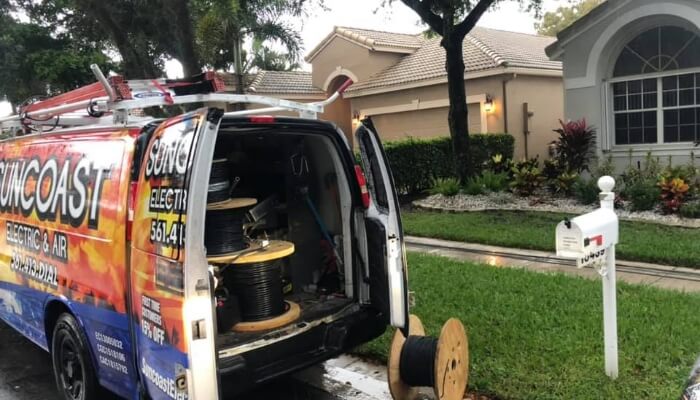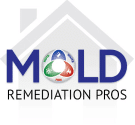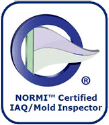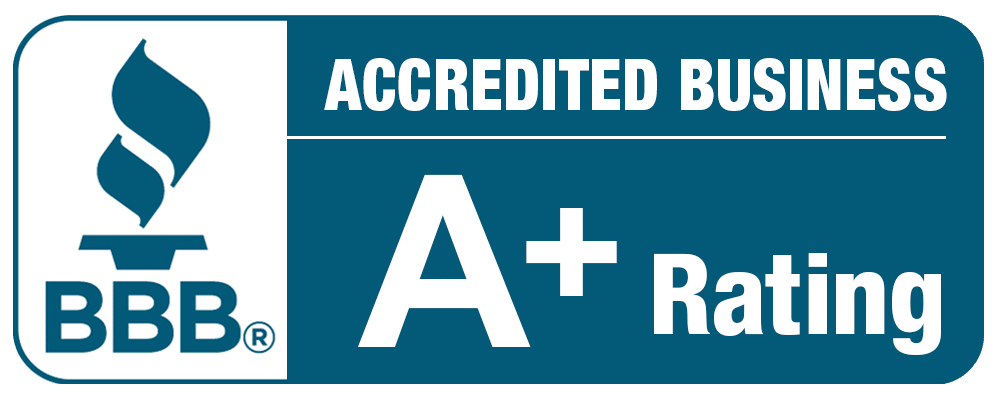
How Mold Grows on Fiberglass Insulation
Mold can be rather insidious in how it takes over in your home when the conditions are ripe. The thing about mold is that it can grow in spaces you’re not expecting it to grow. Can mold grow on fiberglass insulation that’s working to keep your home insulated from the outside world?
Yes, it can and this can pose a health threat to you and your family that you may be missing.
Fight back against the mold by learning more about how mold grows on fiberglass, and what you can do about it.
How to Know If You Have Fiberglass Insulation?
Since fiberglass insulation must be installed in such a way that it’s not open to the air in your Southeast Florida home, it can be hard to identify what materials your insulation is made from unless you installed it yourself. Fiberglass insulation is either in your home loose in the walls as a spray insulation or batting rolls made out of finely spun glass fibers creating a fluffy material. It looks almost like cotton candy but is a health hazard if you come into contact with it directly. You can have tiny slivers of glass enter your skin and airways. The way it works if creating a barrier that traps in air pockets throughout the fluff.
The other popular insulations used include vermiculite and mineral wool. Vermiculite looks like mica flakes in how it shimmers. It’s applied loosely in your home. Mineral wool can be made either with molten rock or slag from molten rock. It’s typically white or gray. This is generally made in a similar fashion to fiberglass insulation.
When in doubt, it’s a good idea to seek a professional for help in identifying what insulation your home contains. There are potential hazards in handling all of these materials, and often, it’s safer to rely on an expert opinion.
How Does Mold Grow on Fiberglass Insulation?
The action of mold grow on fiberglass insulation is similar to how mold grows on any surface or material. There’s a presence of water and mold spores. Both of these materials can make their way to the insulation in your home as the ground breathes. The earth is in a state of flux because of water. Rain and other water sources penetrate the soil. After a while, it evaporates from the ground going back into the atmosphere.
Most homes are built with a water vapor barrier to prevent the ground the house sits on from releasing this water vapor back into the home. However, some homes never had a barrier put in place or put in place incorrectly while others have had barriers that have been damaged or moved. This allows for the water vapor and other materials, such as mold spores, to get inside of your home.
The moisture can collect along the barrier and enter through any holes. It can soak into the paper backing of the insulation or the wood subfloor where it’s warm and moist. This is the perfect place for mold to thrive, especially since you have no clue that the water is getting in.
How Does the Failure of the Fiberglass Lead to More Problems?
The failure of fiberglass in this scenario can lead to more problems in your home. Your insulation is often not up to the task of keeping your home appropriately insulated. This can lead to heat or air-conditioned air leaking out of your home. There’s also the potential for health hazards as the fiberglass fills up with more dirt, mold, and other unwanted pests. This could lead to poor indoor air quality in your home.
How Do You Know Mold Has Accumulated on the Fiberglass in Your Home?
An inspection is the best way to determine if you have mold accumulating on your fiberglass insulation. Fiberglass itself isn’t a material that you personally want to handle even if there’s no mold growing on it. A professional is best able to safely examine your insulation to see if and where there’s mold growth. Then, they are better qualified to handle the next step of removing it.
Fiberglass insulation needs special handling. So, does mold. If you don’t want it continuing to spread through your home, it’s essential to have a professional trained in mold remediation to handle it. Removing the moldy pieces of material will allow for new insulation to be put in its place to keep your home comfortable.












